What it takes to convert office buildings into housing

The U.S. has had a housing shortage since at least 2007. The crisis has grown to the point that the country is 3.8 million housing units short. Meanwhile, office vacancy stands near 20%, and almost a quarter of the office buildings in the U.S. are projected to be empty by 2026.
At first blush, it would seem there’s an easy solution to both problems: Convert empty office space into housing. There’s a lot more to it than that, but conversions really could help solve both problems and cities and states around the country are giving it a shot.
Two Birds, One Stone

The trends show office vacancies and housing shortages increasing. The percentage of U.S. workers working from home essentially tripled during the pandemic. At the start of 2024, about 13% work remotely full-time, and 30% work hybrid schedules. By next year, more than 20% of American workers will be fully remote. Office vacancy is at its highest rate since 2000.
“We expect it to rise even more in the next decade, because right now, a lot of office tenants are still locked into their contracts,” Goldman Sachs research economist Elsie Peng said. “Their lower demand hasn’t been fully reflected in the vacancy rate yet. As their leases expire, the vacancy rates will rise.”
By the end of the decade, Cushman & Wakefield estimates, there will be more than 330 million square feet of vacant office space, 55% higher than pre-pandemic levels.
With that many people out of the office, companies will need less space. Commercial real estate is already feeling the squeeze, with building owners facing $5.8 trillion in outstanding debt. Banks have been giving property owners extra time to sort out their plans, but with interest rates high it’s been hard for those owners to refinance.
But converting office buildings into housing isn’t so simple. For one thing, they’re designed for different purposes. You usually can’t open windows in offices, something people want to be able to do in their homes. Floors usually have a couple of large, communal bathrooms, not something people want at home. Heating and cooling systems are designed for entire floors, not individual offices. Conversion can be difficult and expensive, sometimes as expensive as new construction.
Pick the Right Ones

Despite the challenges, there are tens of thousands of apartments made from repurposed office space in various stages of conversion around the country, and the pipeline is strong. A trick is identifying the office buildings that are good candidates for conversion into housing. They amount to about a third of office buildings and it would take converting just 10% to have a stabilizing effect on the commercial real estate market, according to architectural services company Gensler. The National Bureau of Economic Research estimates that the adaptive reuse of suitable Class B and C buildings in the downtowns of the largest 105 cities in the U.S. could add 400,000 new apartments.
Conversions can keep about 90% of the concrete, easing environmental concerns, and would run into fewer objections from NIMBYs than new construction would. The simplest solution might be installing prefabricated interiors made for living.
That’s the specialty of startup Arthroto, which has had a hand in more than 2 billion square feet of prefab interiors designed for converting office buildings into housing, according to president and founder Douglas Hayden.
“These high-performance materials not only speed up the construction process but are also crucial in reducing on-site waste and disruptions,” Hayden told Commercial Observer.
A Wunderbild study found that prefabs can save 20% on construction costs and provide a positive return on investment two to three times faster.
“This approach not only economizes on construction costs but also enhances urban density, mitigating the need for developing new lands,” Hayden said.
Incentives

Feasibility isn’t the only obstacle to converting office buildings to housing. Zoning and land-use restrictions in many cities will need to be changed to allow housing or mixed use in areas previously zoned exclusively for commercial activity. San Francisco, where office vacancies shot up from 5% in the fourth quarter of 2019 to 29% in Q4 2023, has adopted a “Commercial to Residential Adaptive Reuse and Downtown Economic Revitalization” ordinance to lower barriers to conversion. Statewide, California allocated $400 million in 2022 toward incentives for converting commercial space into housing.
Boston is offering tax reductions of up to 75% for 25 years on office buildings downtown that are converted into housing. Washington, D.C., has launched a $2.5 million, 20-year tax abatement program for property owners who change the use of downtown buildings and add at least 10 apartments. Chicago’s LaSalle Street Reimagined program aims to put 600 affordable housing units in vacant office buildings in the city’s financial district.
These initiatives are taking place in areas with the highest percentage of “nonviable” office buildings – defined by Goldman as more than 30 years old with no renovations since 2000 and vacancy rates higher than 30% – in the country.
It’s worth the effort for these cities and states to provide more housing, especially to help young professionals and families.
“The number of people aged 30-39 is the highest of any demographic in the country, and that’s typically when people move into their own places,” Goldman analyst Vinay Viswanathan said. “So the demand for housing at this point is particularly high.”
And there’s a lot of empty office space available to fill it.
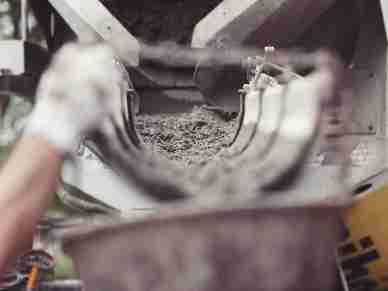


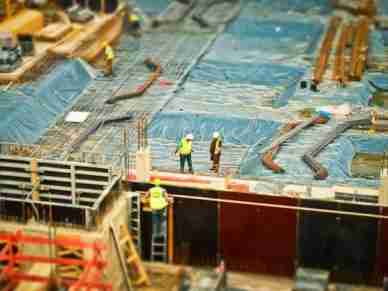
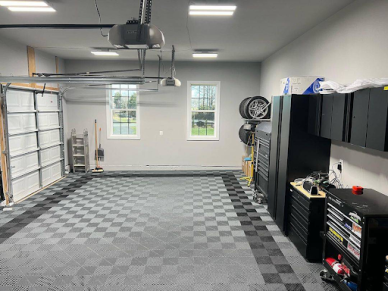
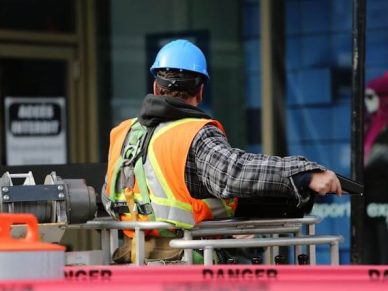
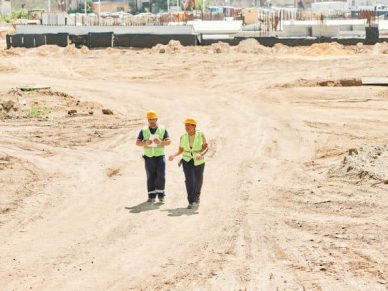


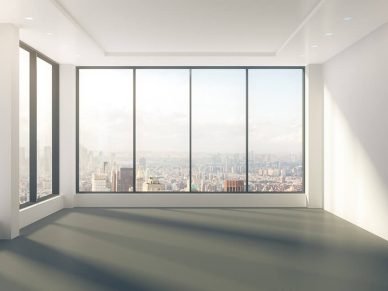
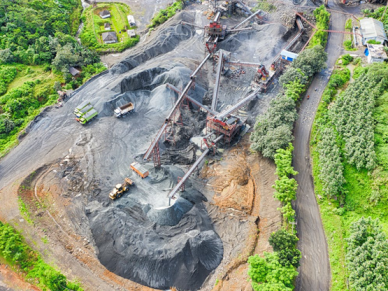





Leave a Reply